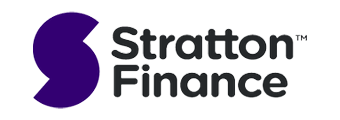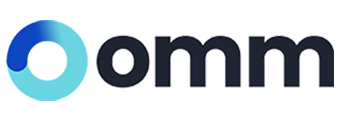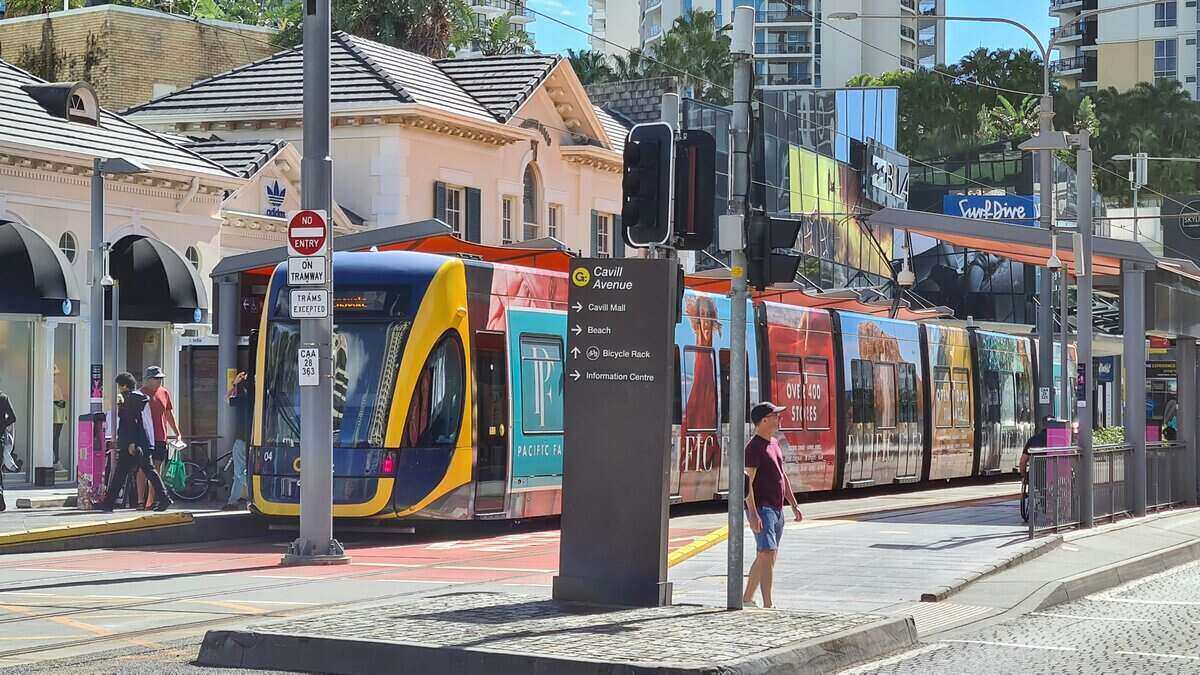Singapore's gasoline price - the market in which Australia gets much of its fuel - lifted by US 90 cents a barrel to a nine-week high of $49 a barrel, according to CommSec senior economist Ryan Felsman.
"With global oil prices lifting and the East Coast retail petrol price discounting cycle concluding last week, more motorists can expect to see unleaded pump prices closer to $1.50 a litre in the coming fortnight," he said.
In the market for a new car? The table below features car loans with some of the lowest fixed and variable interest rates on the market.
| Lender | Car Loan | Interest Rate | Comparison Rate* | Monthly Repayment | Interest Type | Vehicle Type | Maximum Vehicle Age | Ongoing Fee | Upfront Fee | Total Repayment | Early Repayment | Instant Approval | Online Application | Tags | Features | Link | Compare | Promoted Product | Disclosure |
|---|---|---|---|---|---|---|---|---|---|---|---|---|---|---|---|---|---|---|---|
5.99% p.a. | 7.12% p.a. | $580 | Variable | New | No Max | $8 | $400 | $34,791 |
| Promoted | Disclosure | ||||||||
6.52% p.a. | 6.95% p.a. | $587 | Fixed | New, Used | No Max | $0 | $350 | $35,236 |
| Promoted | Disclosure | ||||||||
6.28% p.a. | 6.28% p.a. | $584 | Fixed | New | No Max | $0 | $0 | $35,034 |
| Promoted | Disclosure |
This is in contrast to April, when there was a glut of oil supply, pushing prices of futures into negative pricing territory, which saw motorists enjoy 80 cents/litre petrol.
Mr Felsman said petrol prices are now in the rising phase of the cycle, and motorists should fill up now.
"That said, there is still cheap fuel available if motorists take the time to consult real-time fuel apps and shop around," he said.
In the past week, the Australian Institute of Petroleum reported the national average price of petrol fell to an 11-week low of 116.2 cents per litre (cpl).
However, retailers in the past week had a margin of about 17.3cpl of fuel, which is above the 24-month average of 14.5cpl, according to CommSec.
Motorists hit with longer fuel cycles
Since the COVID-19 pandemic began, east coast drivers have been hit with longer fuel cycles as retailers attempt to recoup losses from less driving, according to Mr Felsman.
"Retailers have been protecting their profit margins with fewer drivers on the road during virus lockdown 2.0 [in Melbourne]," he said.
"Pump prices declined at a snail’s pace over the month-long discounting cycle."
Prior to the pandemic, motorists in Sydney, Melbourne and Brisbane saw fuel cycles take about 16 days to the trough.
However, since March, the downward portion of the cycle has lengthened - in Brisbane in March the cycle took 37 days to reach its trough; in Sydney it was 38 days, while in Melbourne it was 41 days.
The latest data from the Australian Competition and Consumer Commission (ACCC) indicates for June/July, it took 26 and 27 days to the bottom for Sydney and Melbourne respectively, while taking just 11 and 10 days to rise to a peak.
In Brisbane in June, it took 18 days to the bottom and just 9 days to the top.
RACQ spokesperson Lauren Ritchie told Savings.com.au that they are concerned about fuel retailers hiking the fuel cycle earlier.
"In Queensland unleaded and diesel sales have largely recovered, with the latest data showing they’re at more than 90%of the pre-COVID levels," she said.
"Hiking early boosts average fuel company retail margins and we’re concerned that fuel companies are doing this in Queensland to offset losses caused by COVID lockdown in Victoria."
Ms Ritchie recommended using fuel saving apps, such as RACQ's 'Fair Fuel Finder' app, to "send a message to the expensive retailers that they need to compete for your business".




.jpg)

 Denise Raward
Denise Raward
 Harry O'Sullivan
Harry O'Sullivan